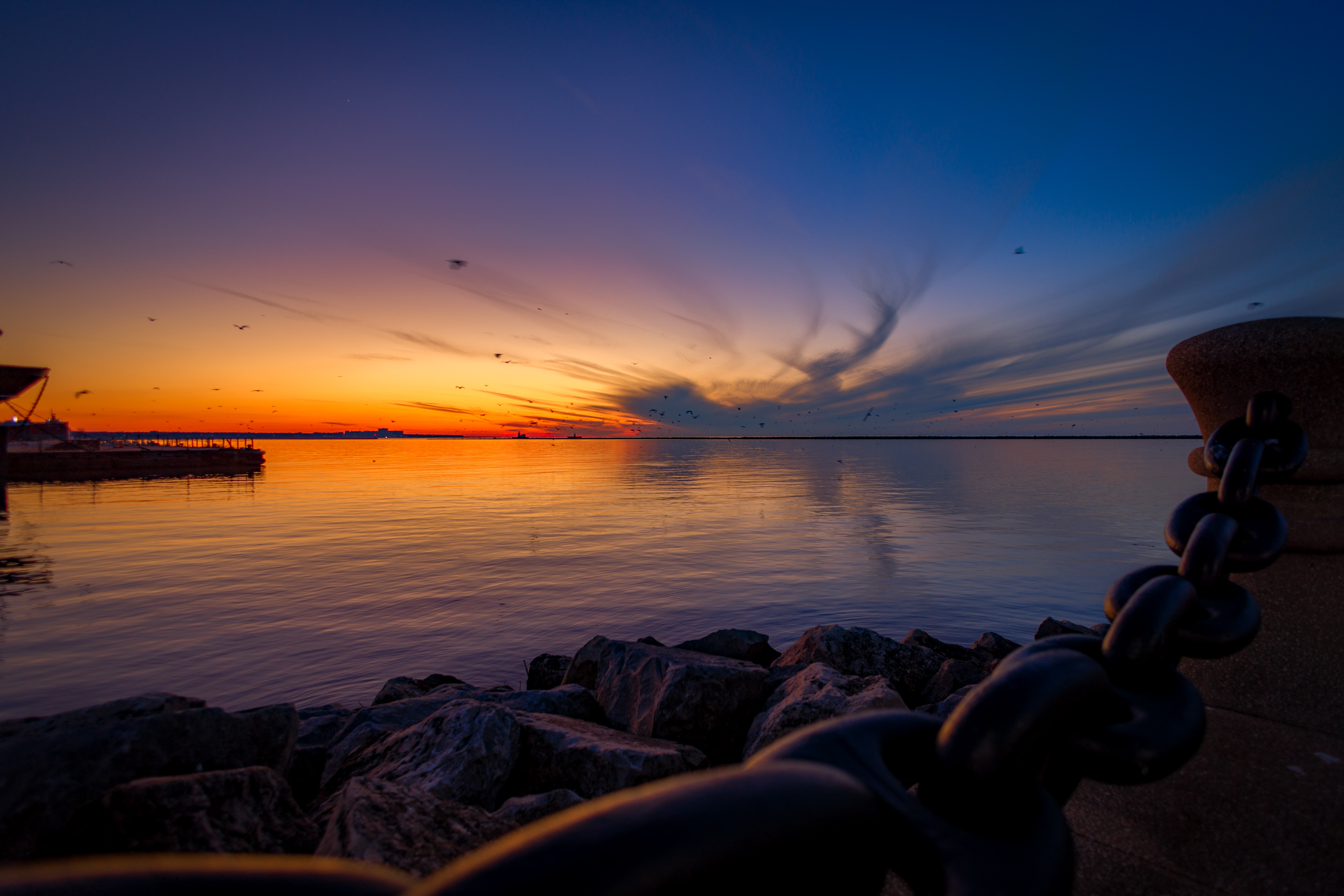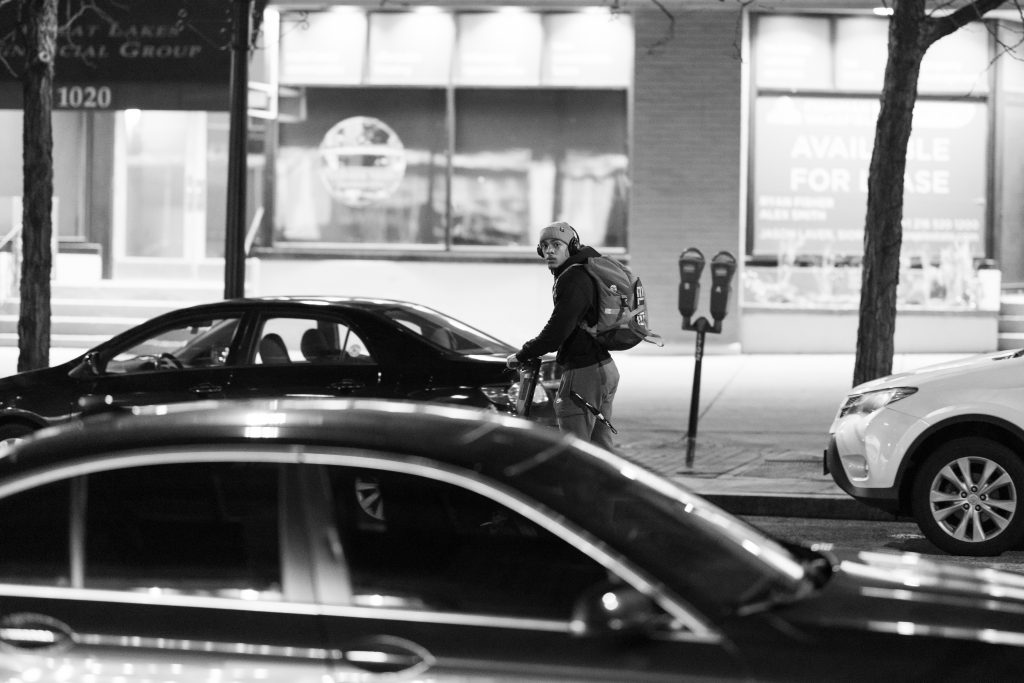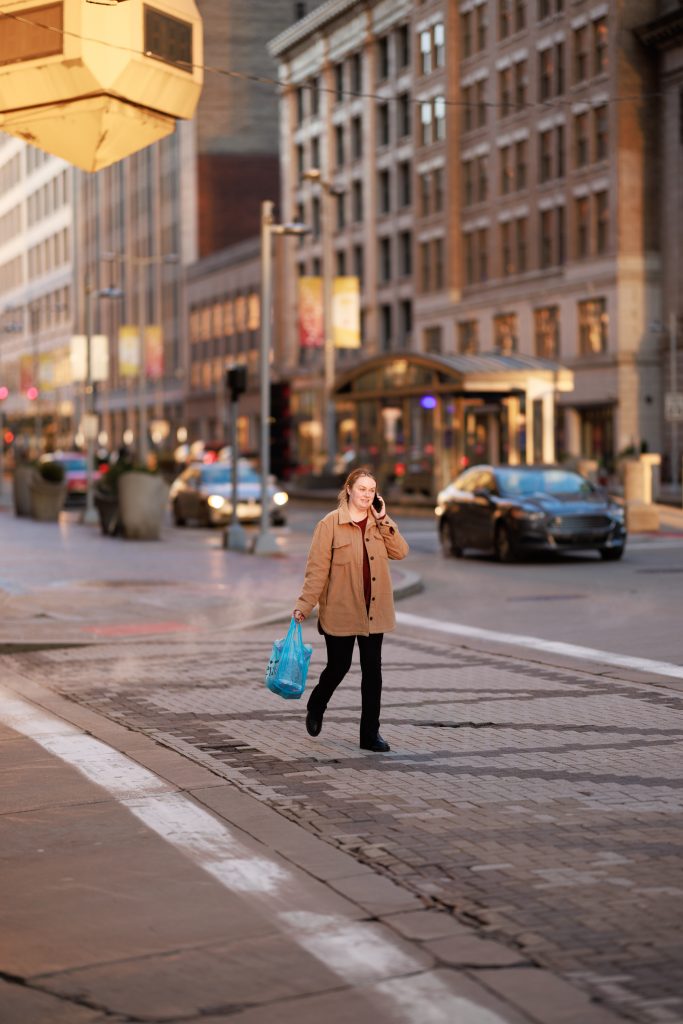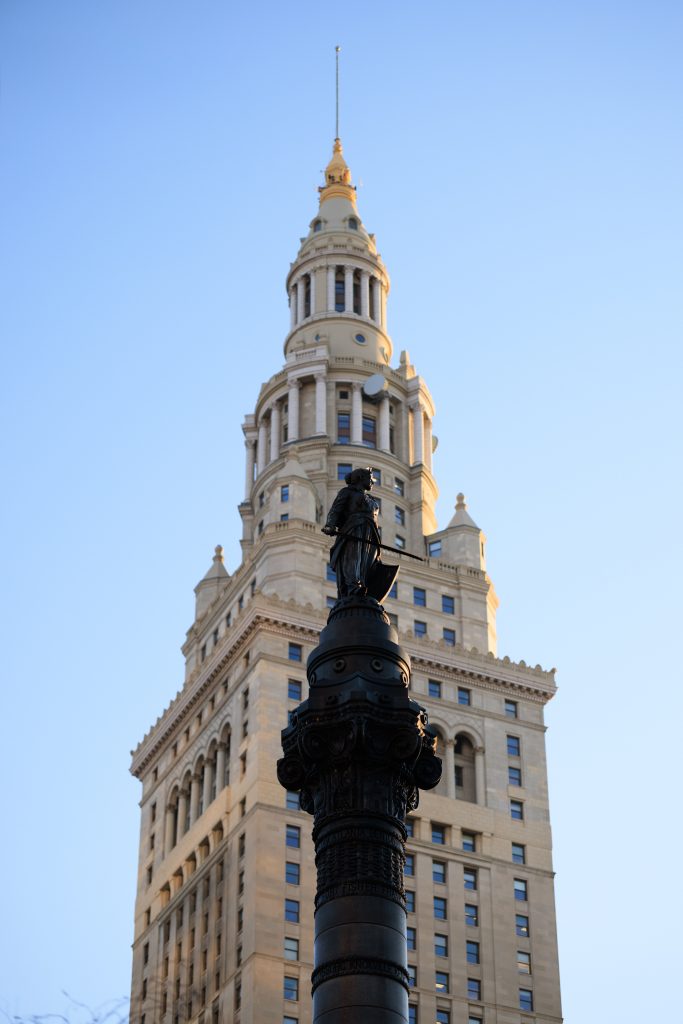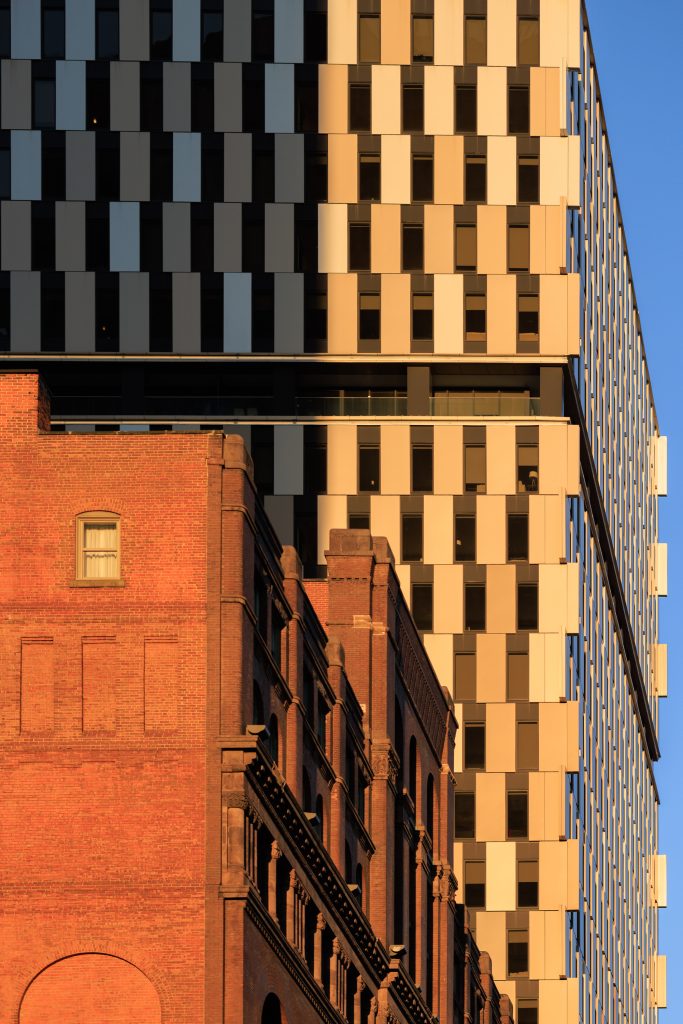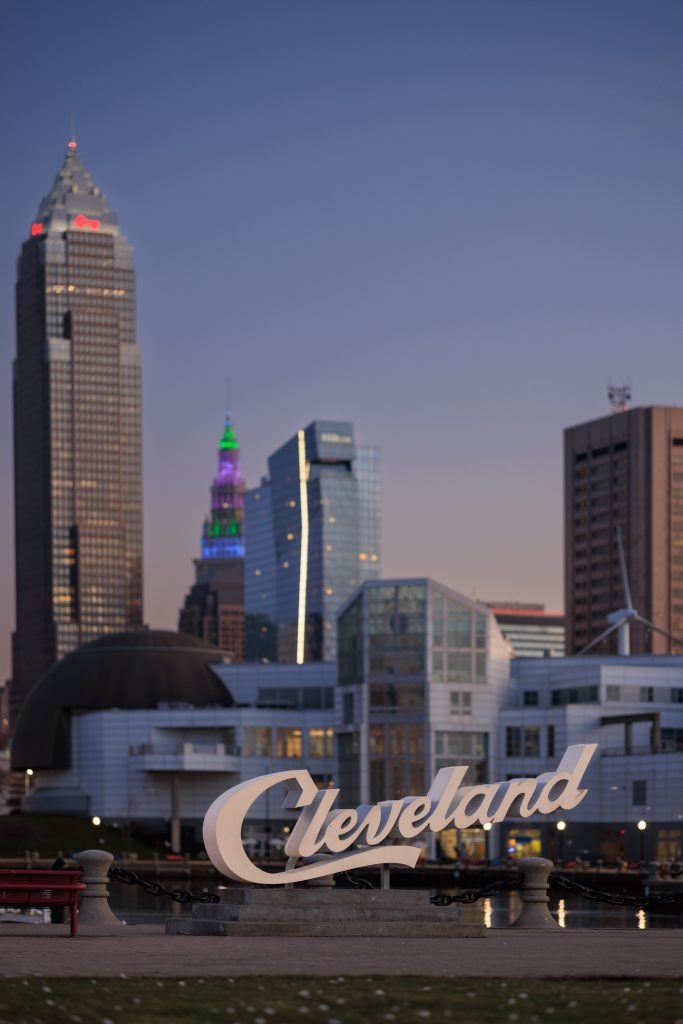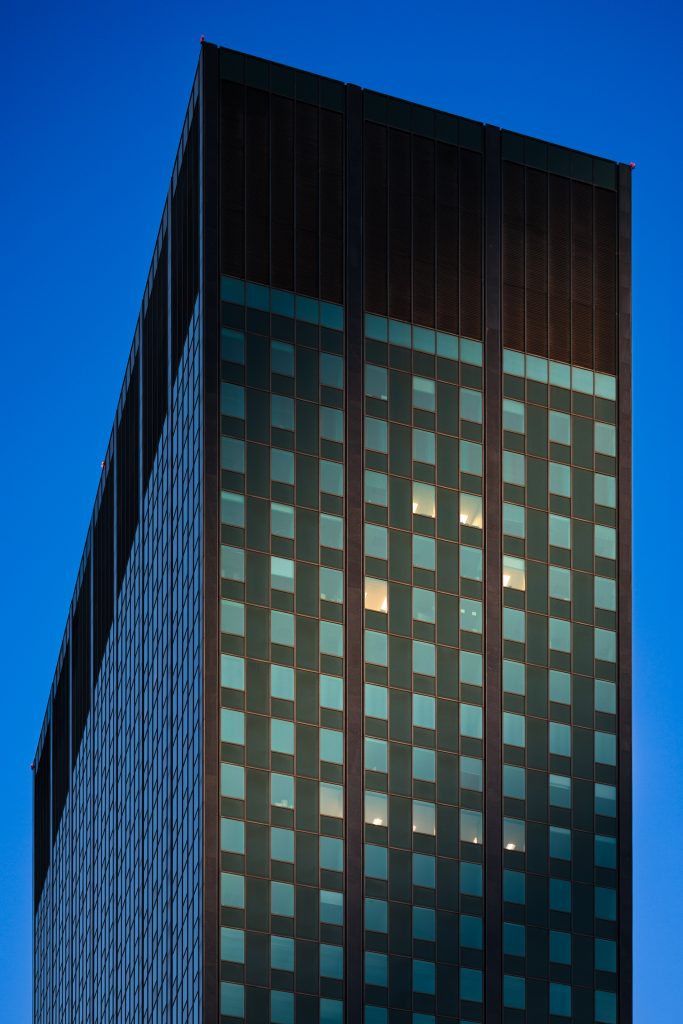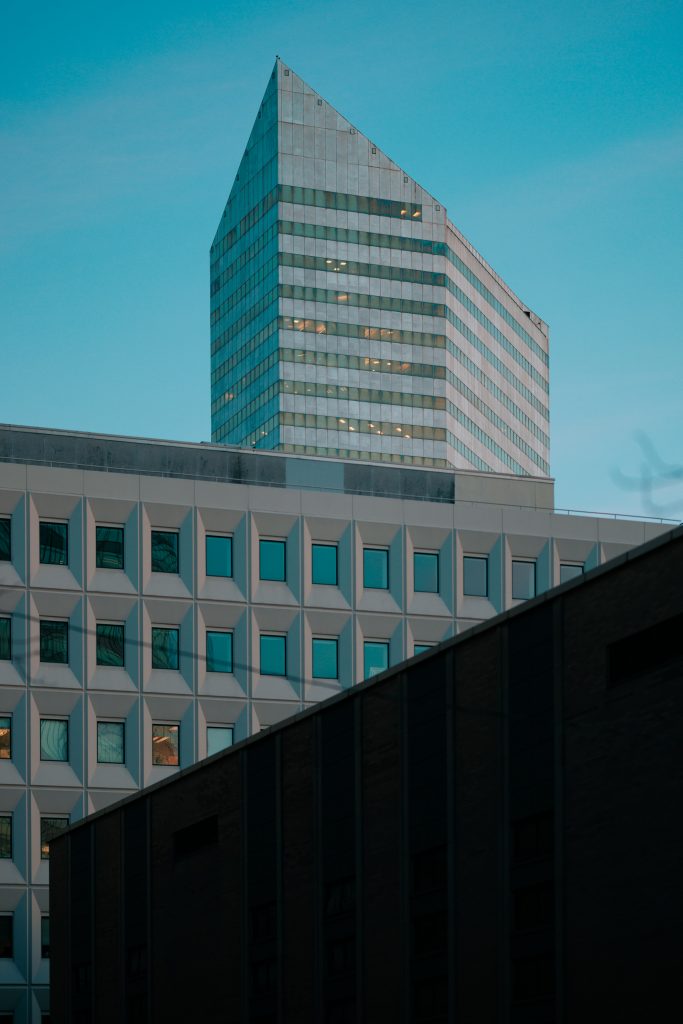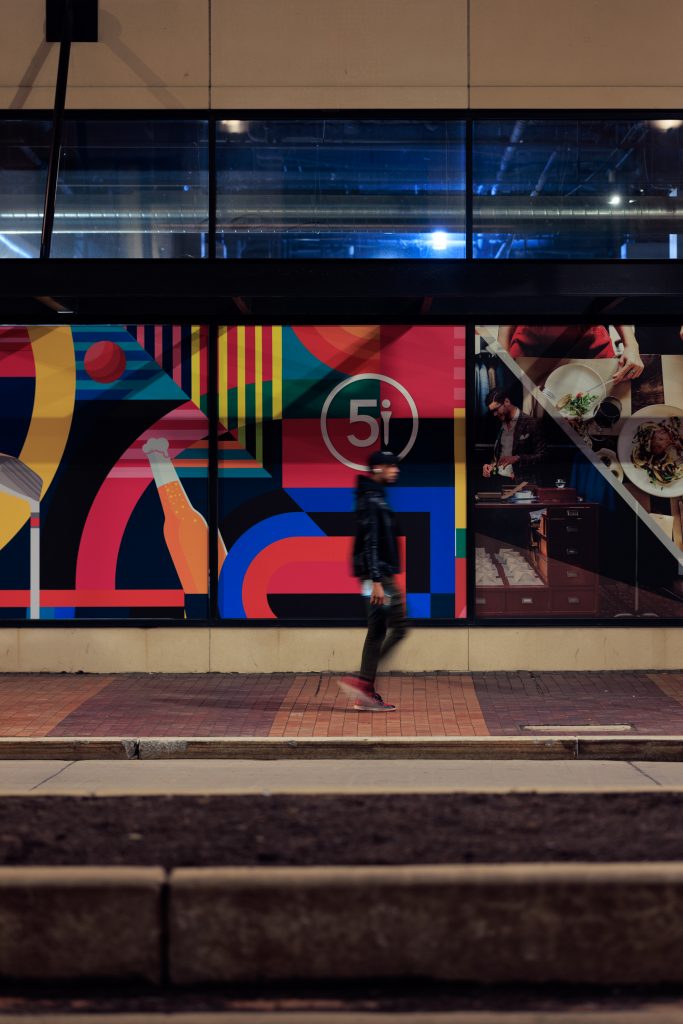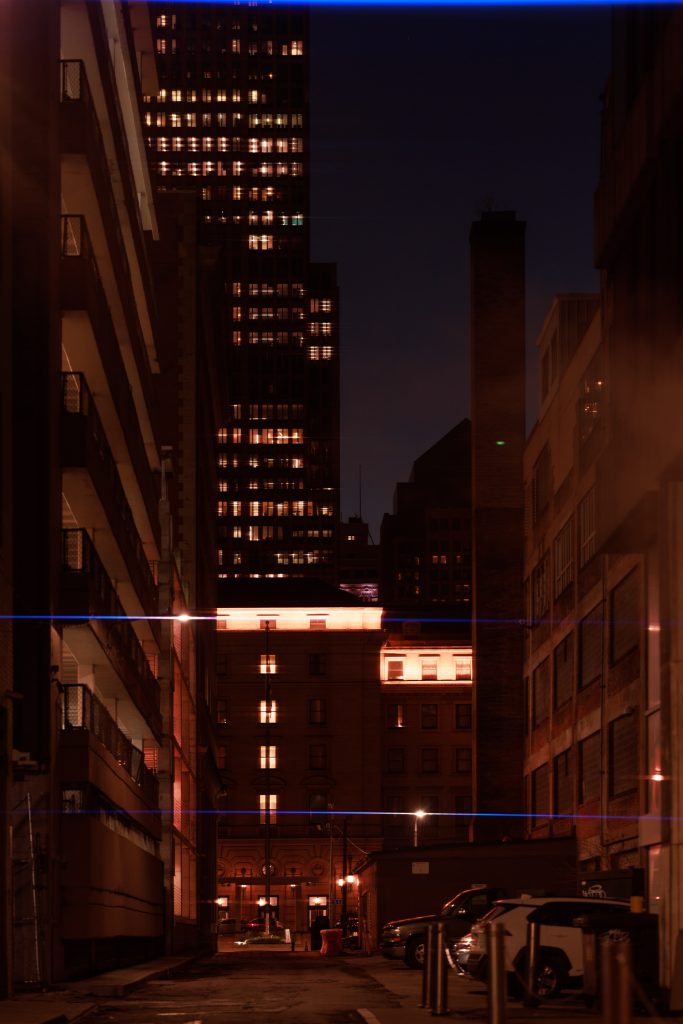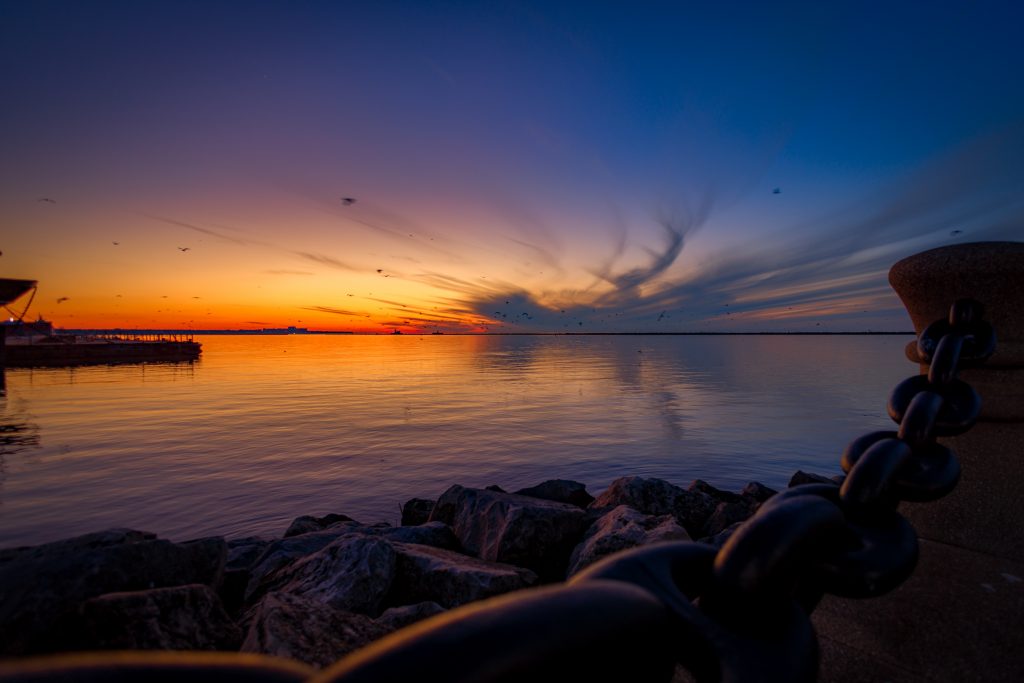Photographing sunsets in big cities can be a breathtaking experience. As the sun sets over a bustling metropolis, the sky can be transformed into a stunning array of colors and the buildings can be silhouetted in a beautiful way. Photographing sunsets in big cities can also be challenging due to the abundance of tall buildings and other obstacles that can obstruct the view. How the light interacts between the large buildings and city streets can be hard to predict sometimes. The secret to getting the best possible shot is simple: determination and practice. That’s why we’re back out in the sun-drenched streets once again!
The time we describe as sunset is more than just that single moment when the sun disappears past the horizon. Typically, when we talk about “Sunset” we are referencing a much broader time period that can be as much as 2 hours before and after the actual physical transition between the end of the day and the start of the night. As photographers, we take that into account because we know what type of photos we’re ultimately looking for. If you want photos with more golden hour light, you go out earlier. If you want more twilight or blue hour lighting, you go out later. For me, I wanted a mix of both with a little extra dash of evening, so I went out a touch later.
As I’ve stated before, I am much more in tune with how to take photos that lean to the darker side of the spectrum. It’s just how I see the world, but I also think it’s important to get out there and practice photography under conditions that may be outside of your usual comfort zone.
On this occasion, I went out with the venerable 85mm f/1.2. An 85mm lens can be a good choice for street photography for several reasons. Firstly, an 85mm lens has a narrow-angle of view, which means it can isolate a subject from the background, creating a shallow depth of field and emphasizing the subject’s features. This can be particularly useful in street photography, where you may want to capture a single subject or detail within a busy or distracting environment. Additionally, with an aperture of f/1.2, you can almost see in the dark with this thing. Finally, the focal length of an 85mm lens can create a natural-looking perspective that is similar to the human eye, making it ideal for capturing candid moments and authentic expressions in street photography.
How I approach street photography at sunset is no different than how I usually go about it. My main tip is to try to see versus just look. What’s the distinction, exactly?
The difference between Looking and Seeing
The difference lies in the level of attention and focus that you give to the act of observing. Looking refers to the act of directing one’s gaze towards something and being aware of its presence. Seeing, on the other hand, implies a deeper level of engagement with the object being observed. It involves actively processing the visual information and interpreting its meaning, as well as noticing any details or nuances that may not be immediately apparent. In other words, looking is a more passive act, while seeing involves actively engaging with what is being observed. This distinction is important in various contexts, such as in art, where seeing is often associated with a deeper understanding and appreciation of the work, as opposed to simply looking at it. Once you start seeing the world around you, you can create more intimate and engaging photos.


